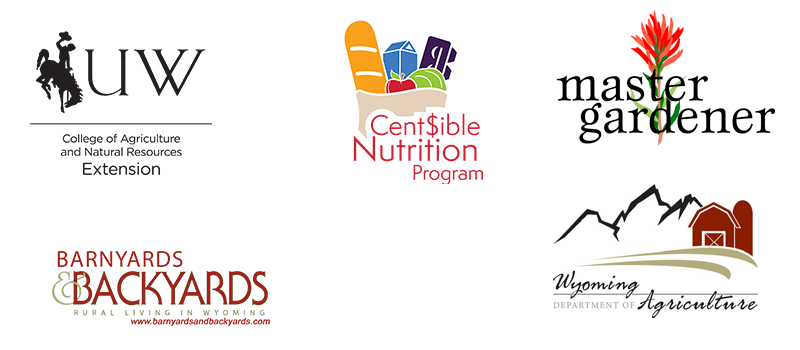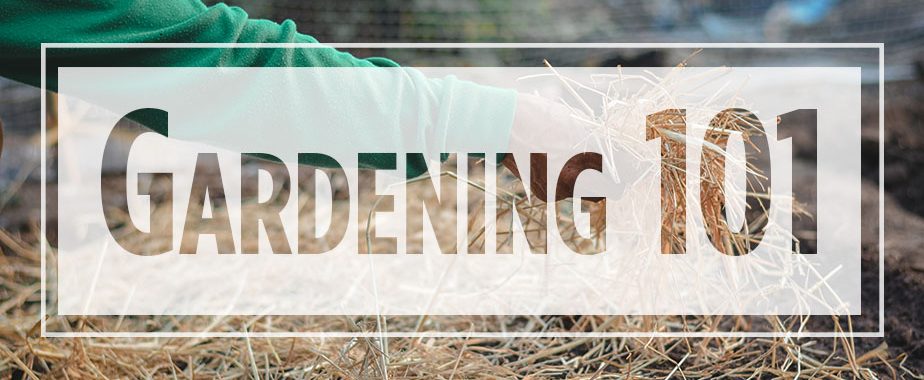Now that summer is gone, you might feel like gardening days are done. However, it is important to use this time in the fall to winterize your garden. Winterizing the garden will reduce the amount of work in the spring. It can also help protect your landscape and garden from insects and disease. Deadheading plants, fall weed control, and fall soil prep can help make spring gardening easier.
Deadheading
If your garden is full of a variety of plants, it can make for an interesting landscape even during the winter months. However, if your plants have many seeds, the wind can blow those around and spread them, which can cause problems later.
To stop seeds from spreading everywhere, it is a good idea to remove the seed heads. Cut the plant at the stem of the plant then place the stem and the head in a plastic bag and throw them away. Keep the roots and base of the plant in the soil.
Weed Control
After the first frost of the year, weeds will start to take nutrients from their leaves down to their roots. Using chemicals on weeds during this time works well to help kill them early. Annual weeds can be mowed down, but perennial weeds should be sprayed. It’s important to follow the directions closely and wear the proper protective equipment when spraying.
Soil Amendments
Fall is one of the best times to add organic matter to your garden area. Organic matter, like manure, compost, leaves, hay, and grass clippings, all add valuable nutrients to soil. Use this organic matter like a blanket to cover your garden to help keep nutrients in.
Cut annual weeds (with no seeds!), small plants, and any unharvested and un-diseased veggies, then leave them in the garden to recycle back into the soil. Remove larger, woody plants by cutting near the surface but leave the roots in the ground.
Another option is to use grass clippings and fall leaves. This protects the soil form the heat, conserves water and reduces times spent weeding. Grass and leaves may blow away more easily than other organic matter.
Adding 1-2 inches of composted manure or other compost on top of the garden is another option. You can make your own compost from leaves, grass clippings, coffee grounds, vegetable waste, garden clippings, etc. In the spring, work the soil gently with a shovel or garden fork before planting.
Happy fall!
Information summarized from UW Extension publications by Katie Shockley, Writer/Editor, University of Wyoming Extension Communications & Technology.
Additional Resources
Learn more about preparing your garden for winter with these resources from the University of Wyoming Extension:
- UWE Video: Fall Garden Cleanup
- UWE Video: Fall Weed Control
- UWE Publication: Fall Soil Prep Turbocharges Garden
Previous Issue: Storing Root Vegetables
Next up: Planning Next Summer’s Garden [October 2, 2020] This will be our last Gardening 101 Newsletter for 2020!
If you know someone who might enjoy this newsletter, please share it with them! They can subscribe on the Cent$ible Nutrition Website.






